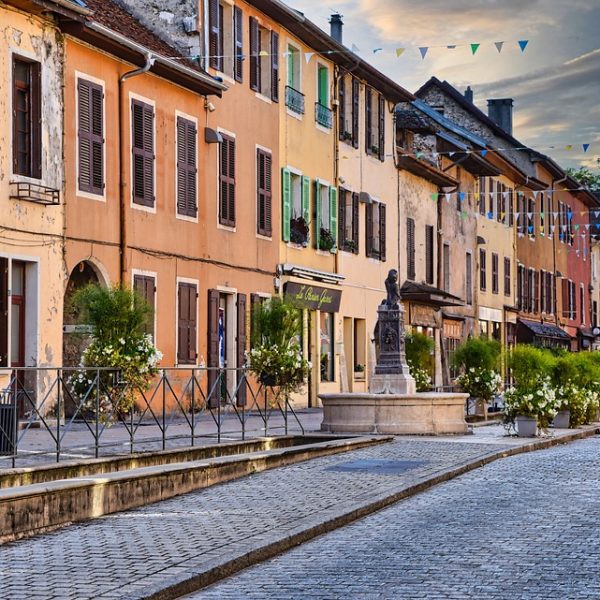
The Uniqueness of Cobblestone Roads
Cobblestone roads have a rich history that spans centuries and are fascinating structures that continue to captivate us today. Made up of small stones arranged in an intricate pattern, cobblestone roads have served as essential pathways throughout history, with their endurance and charm making them a timeless feature in many parts of the world.
These roads have ancient origins, dating back to the time of the Romans. Recognizing the need for resilient and sturdy roads that could withstand the test of time, the Romans constructed cobblestone roads using various materials, such as stones, gravel, and even fragments of broken pottery. Their construction techniques involved meticulous planning and strategic laying of stones to create a smooth and even surface for travel.
During medieval times in Europe, cobblestone roads became commonplace, particularly in urban areas and city centers. They were a significant improvement over dirt roads, offering greater durability and strength. These roads were designed with both functionality and aesthetics in mind. The carefully laid stones not only created a surface that could bear the weight of heavy traffic but also allowed for effective drainage, preventing the roads from becoming muddy and slippery during inclement weather.
Today, cobblestone roads continue to enthrall and evoke a sense of nostalgia. Many cities around the world preserve and restore cobblestone streets in historic districts, keeping alive the spirit of the past. The distinctive appearance of cobblestone roads, with their charming patterns and varying shades of gray, adds a touch of elegance and character to these areas. Modern cities also incorporate cobblestone roads in their urban planning to create a unique and appealing aesthetic that sets them apart from their concrete counterparts.
What truly sets cobblestone roads apart is not just their appearance but also the expertise required in their construction. The selection of materials plays a crucial role in ensuring longevity and durability. Granite, limestone, and sandstone are commonly chosen for their ability to withstand the wear and tear of heavy traffic. These materials possess exceptional strength and resilience, making them ideal for cobblestone road construction.
The intricate patterns in which the stones are laid showcase the craftsmanship involved in creating cobblestone roads. The unique layouts are often designed to not only enhance the visual appeal but also provide a smooth and comfortable surface for travel. The careful arrangement of stones allows for effective drainage, preventing water accumulation and minimizing the risks of accidents due to slippery conditions.
Cobblestone roads also offer numerous practical benefits. Their rough-textured surface provides better traction for vehicles, improving overall safety. Additionally, the stones’ interlocking design distributes the weight of passing vehicles more evenly, reducing the stress on individual stones and extending the road’s lifespan. The use of cobblestone roads in urban areas can also help mitigate the heat island effect by limiting excessive heat absorption and promoting natural cooling.
In recent years, there has been a growing interest in eco-friendly and sustainable transportation options. Cobblestone roads align with these values as they require minimal maintenance and can potentially reduce the use of asphalt, a non-renewable resource. Moreover, the longevity of cobblestone roads means that they can withstand frequent usage without deteriorating rapidly, contributing to the overall sustainability of transportation infrastructure.
In conclusion, cobblestone roads are a testament to the ingenuity and craftsmanship of civilizations throughout history. They have stood the test of time, inspiring awe and admiration for their beauty, durability, and practicality. Whether in ancient Rome or medieval Europe, these roads have served as essential pathways, facilitating trade, transportation, and cultural exchange. Today, cobblestone roads continue to captivate us, evoking a sense of charm and nostalgia while simultaneously providing sustainable and safe travel options. As we marvel at their timeless allure, we appreciate the legacy of cobblestone roads and their significant contribution to our shared history.
















